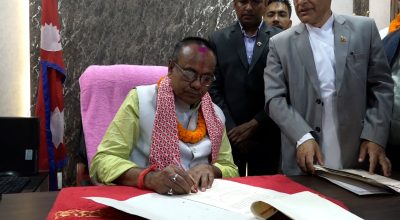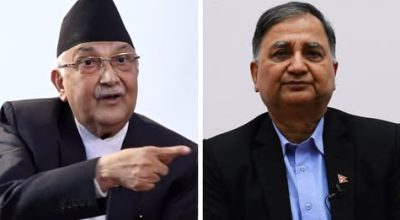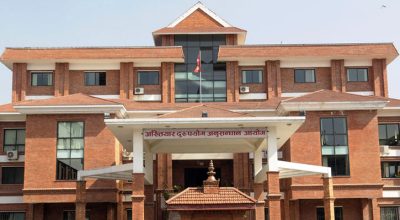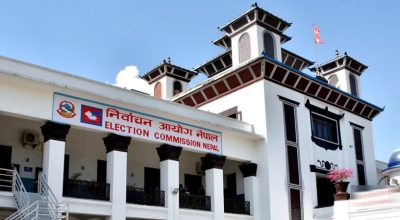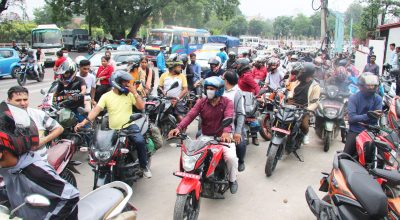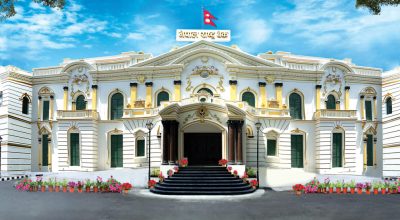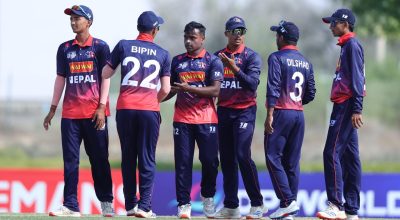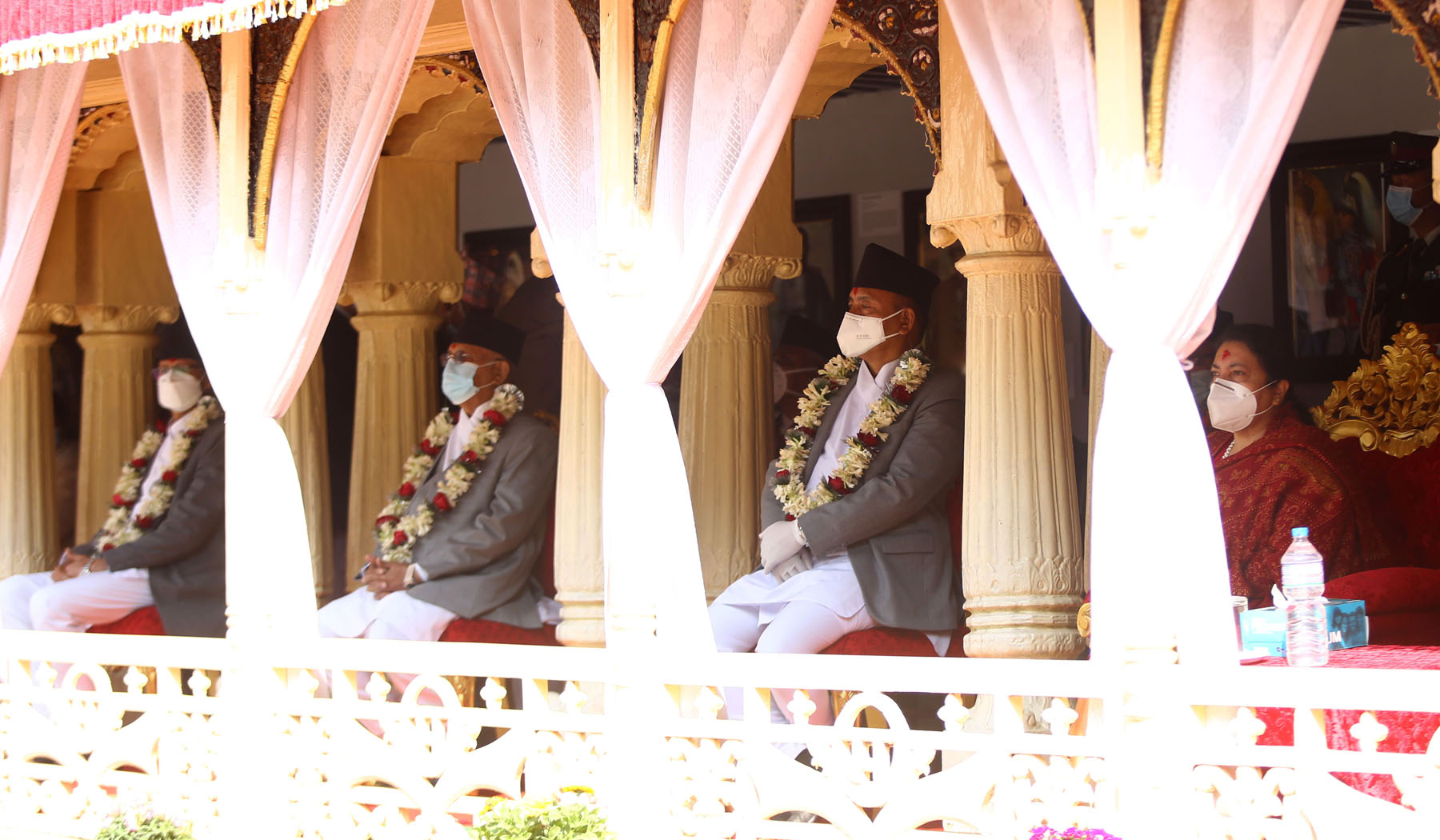
KATHMANDU: President Bidya Devi Bhandari attended the Basanta Shrawan ritual organised at the Nasalchok of Hanumandhoka here today on the occasion of the Basanta Panchami.
On the occasion, President Bhandari listened to the hymns and the melody played as per the Vedic rituals.
There is a tradition of the Head of State attending this ritual at the Nasalchok of Hanumandhoka on the day of Magh Shukla Panchami (the fifth day of the waxing moon in the month of Magh according to the lunar calendar). This tradition has started since the Malla period.
Vice President Nanda Bahadur Pun, Prime Minister KP Sharma Oli, Speaker Agni Prasad Sapkota, heads of the constitutional bodies, the Deputy Prime Minister, ministers, chiefs of security bodies and civil servants also attended the ceremony.
The main priest of the Hanumandhoka Durbar Management Office, Devraj Aryal recited the verses from the second chapter of the ‘Geet Govinda’ scriptures in Samskrit language, as the ‘Basanta Shrawan’ on the occasion.
A contingent of the Nepali Army offered a guard of honour as well as played the Panchaibaja. The national anthem was also played at the programme.
During the Malla period (from 12th to 14th century) the ‘basantotsava’ or celebration of the spring season used to be marked with all the rituals at the Mohanchok of Basantapur. The ‘basantotsava’ celebration is also linked with ‘kamadeva’, the Hindu god of human love and desire. This is stated in the archives kept at the Hanumandhoka Durbar, chief of the Office, Sandeep Khanal said.
It is stated in the archives dating back to 1745 BS during the reign of Jitamitra Malla and to 1755 BS during the reign of Bhupatindra Malla of Bhaktapur, the tradition of the Head of State listening to the hymns and the auspicious melody started. The tradition of the head of State attending the ‘Basanta Shrawan’ ritual at Hanumandhoka started during the reign of the Shah dynasty. The Newari language ‘biyanchali’ melody is also played and sung as part of the ‘Basanta Shrawan’ ritual.
The dignitaries received tika and prasad (auspicious items) from the main priest after listening to the hymns and the playing of the auspicious melodies.
Shree Panchami is celebrated on the fifth day of the waxing moon in the month of Magh according to the Nepali calendar. The festival is also celebrated as the Shree Panchami or Saraswati Puja, offering prayers to Saraswati, the Goddess of Knowledge.
The ritual of ‘Basanta Shrawan’ has its origins in the Shreemad Bhagawat Mahapurana which mentions about a particular episode in the life of the Hindu deity Krishna in which Radha and her friends sing hymns in praise of lord Krishna heralding the arrival of the spring season.
It is believed that from this day, the sun starts moving to the northern hemisphere, causing longer days and signaling the beginning of spring season. Marriage ceremonies and other religious functions are also performed on this day as the day is believed to be auspicious. Legend has it that reciting and listening to verses about goddess Saraswati on this day enriches knowledge.
The Nepali traditional Panchaibaja ensemble was playing as the listening of the hymns was in progress. The Nepalese Army band also played the auspicious melody on the occasion.





